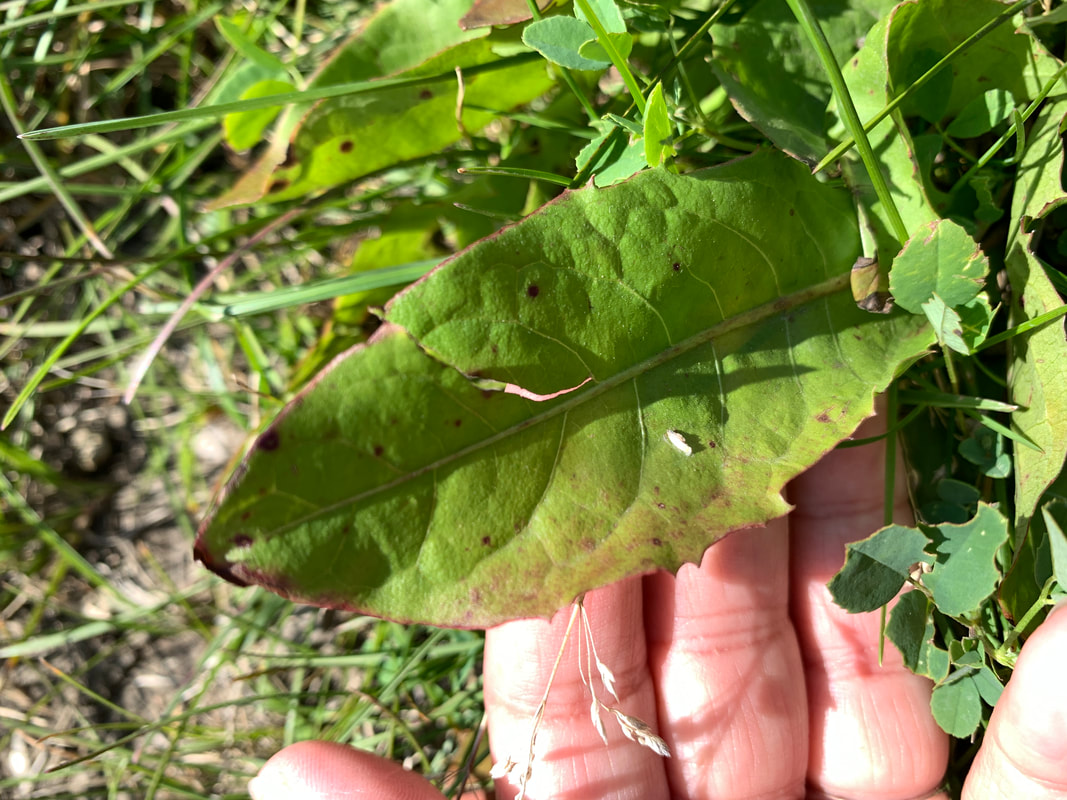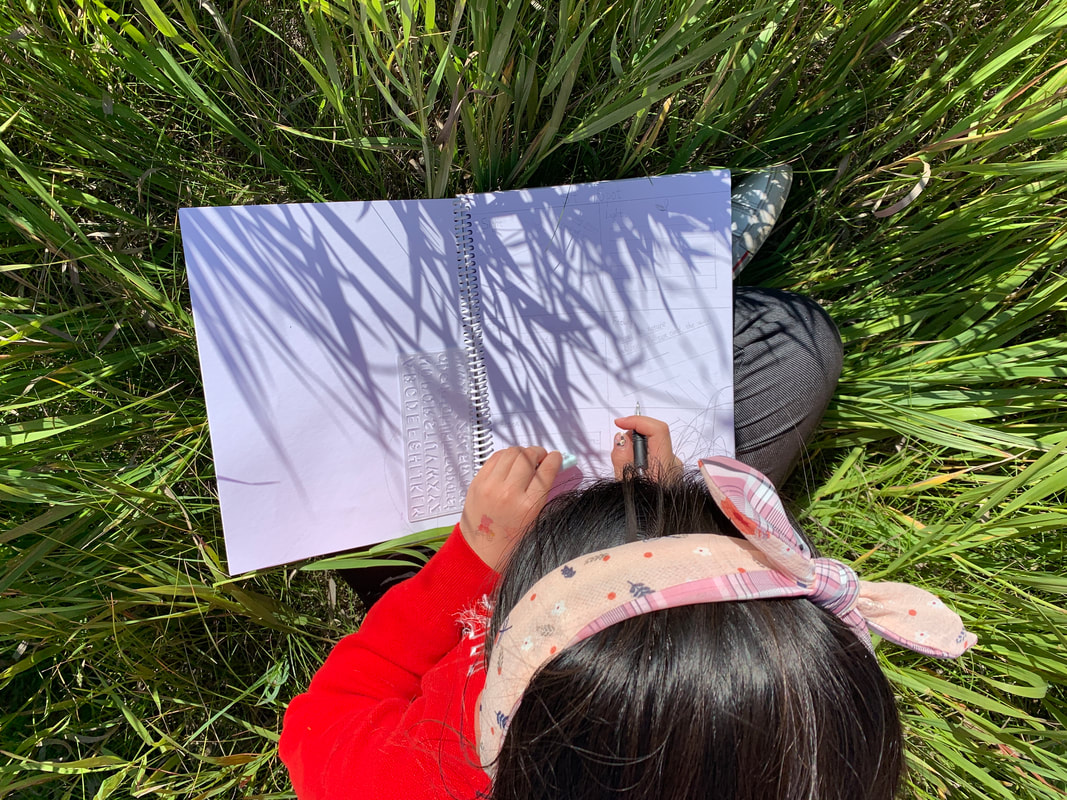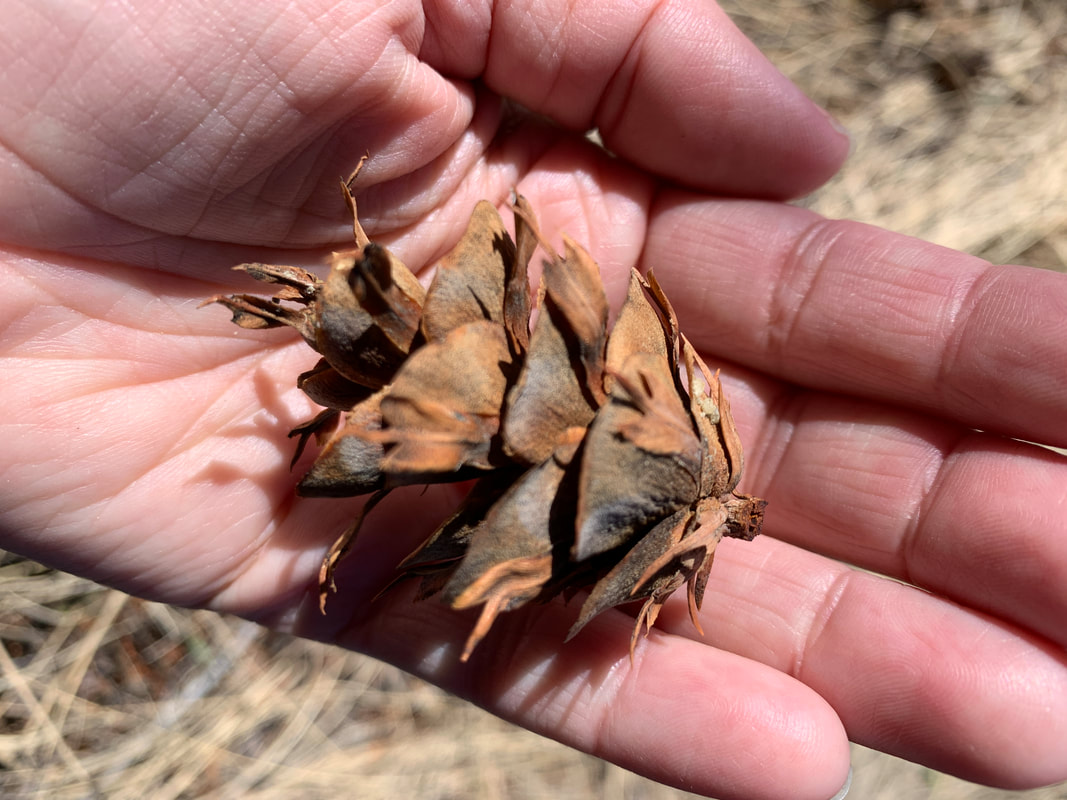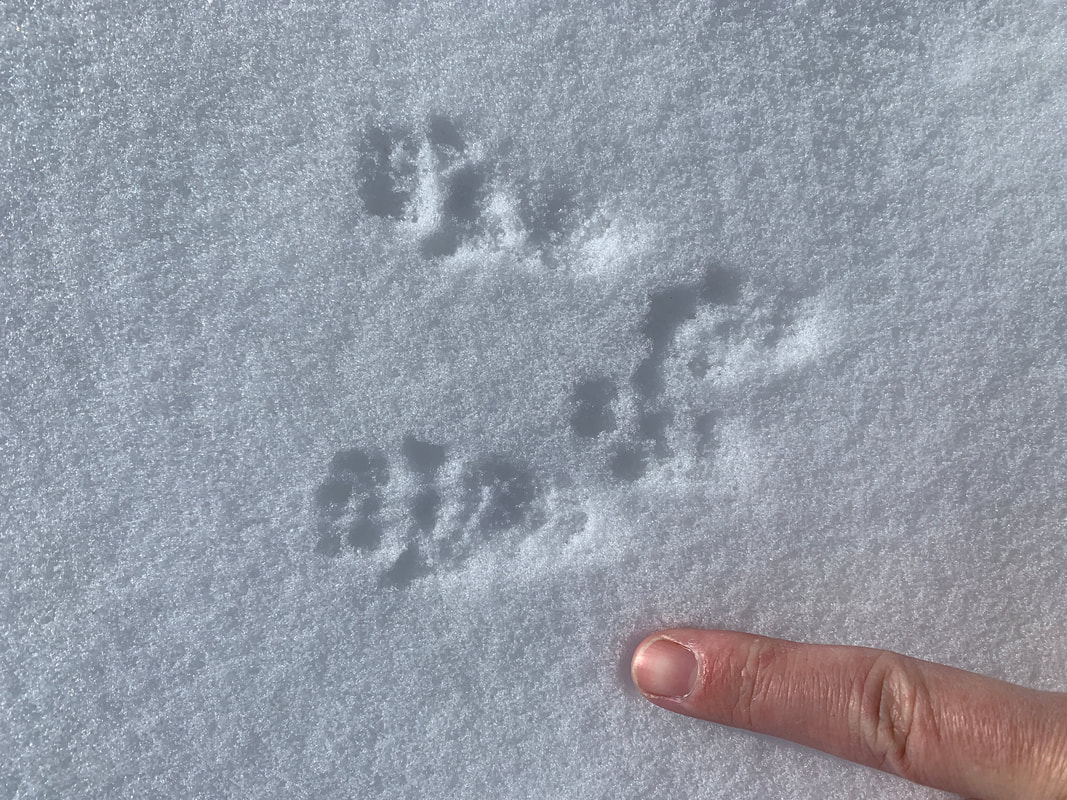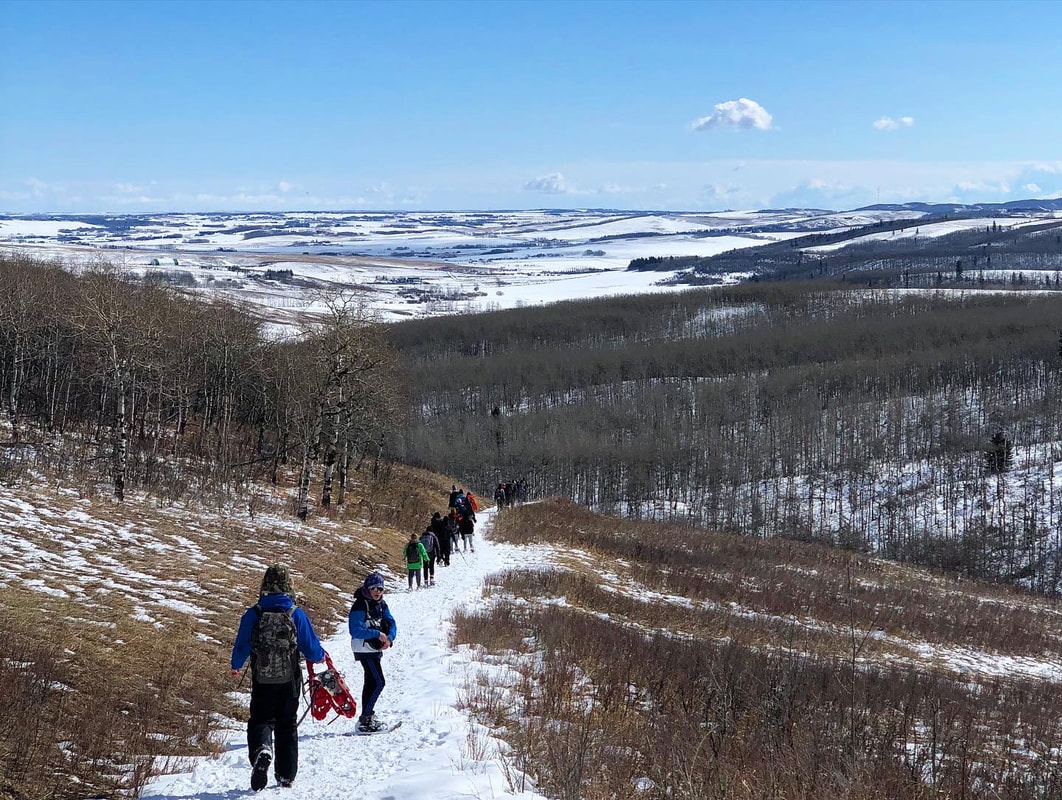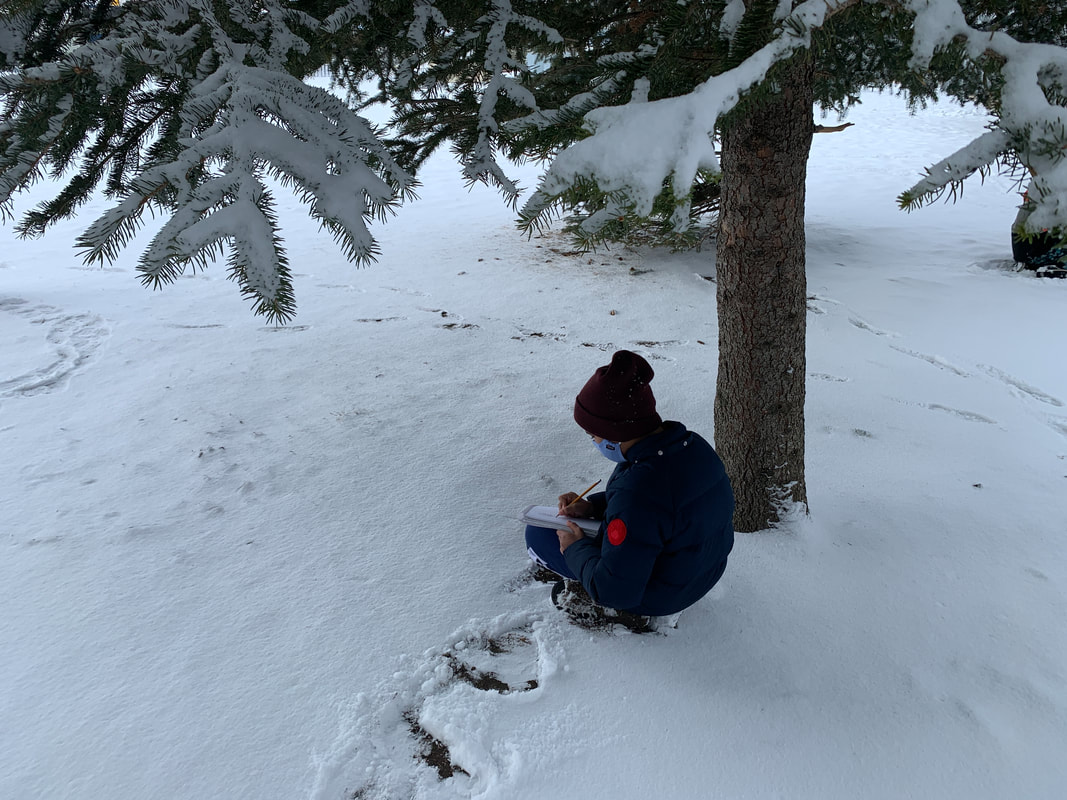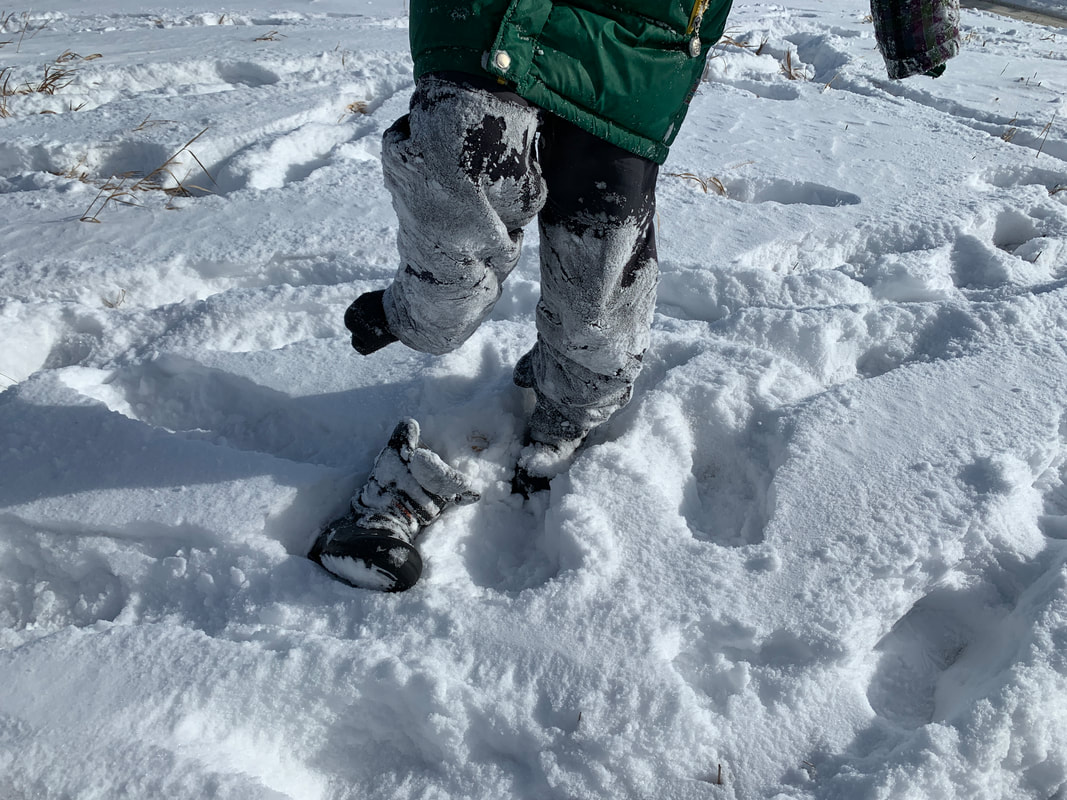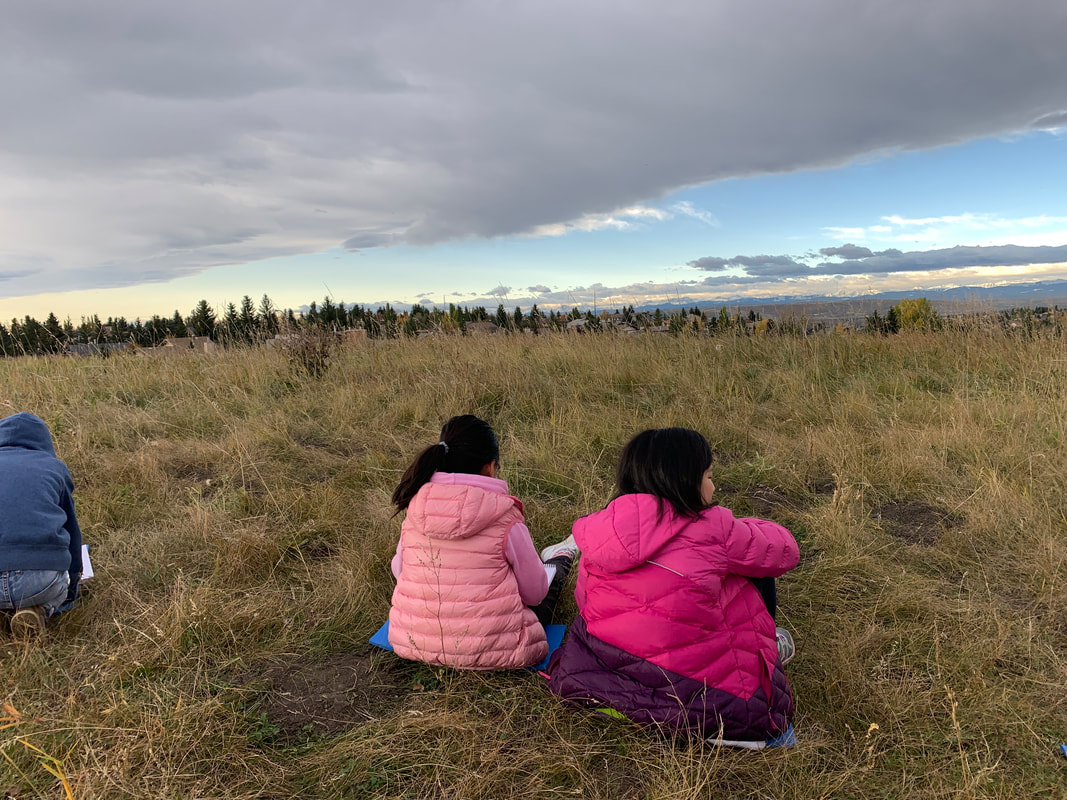I acknowledge that the Place-based, ecological learning align with practices that have been at the heart of Indigenous worldviews since time immemorial. I am actively working with my Indigenous colleagues to expand my understanding of Indigenous ideologies and to authentically interweave the imaginative ecological activities with Indigenous Peoples’ Principles of Learning.
Today many people are recognizing the benefits of how teaching outdoor studies benefits and enhances students. When we teach important concepts through local environments, the learning is much deeper and more significant, then they have a better understanding of the curriculum. Projects that are based on important topics are natural vehicles for practising and extending basic academic skills. Familiarity with natural spaces within the community encourages children to learn about the inter-relationships between species that live in it, human interaction with those species, as well as the significant of the cultural heritage associated with it. This leads to meaningful actions of caring for the environment, as the children have a special place to focus these energies: such as a park that is part of their own community. Students also benefit in an increase of physical and mental wellbeing. Students learn best when exposed to interesting first-hand experience and have experts to guide them. It is becoming more and more obvious that teaching and learning has to move beyond the walls of the classroom.
For more information about the benefits see- High Quality Outdoor Learning by the English Outdoor Council.
This website provides a wide range of suggestions to embrace an interdisciplinary approach to curriculum, encouraging emergent curiosity, and suggesting a variety of ways of communicating and responding creatively. The various journaling tasks included can be dipped in and out of, or used consecutively as a cross-curricular scheme of work. There are limitless opportunities for learning across all subjects – from researching, writing and storytelling, to science and conservation.
Using this guide, we want to develop our Explorer Mindset. According to National Geographic, an Explorer has certain Attitudes, Skills and Knowledge:
For Attitudes, they say we should be Curious, Responsible and Empowered. We should be Curious about the world around us, Responsible for it and its living things, and Empowered to make a difference.
For Skills, students are able to Observe, Communicate, Collaborate and Problem Solve. We should be able to Observe what we see in the world, and Communicate about what we see. We should be able to Collaborate with other explorers as we adventure and learn and grow. We should be able to Solve Problems along the way.
Finally, Explorers need Knowledge. They need to understand how our world works in order to be good citizens. Among other things, National Geographic wants us to learn about our Changing Planet and Wildlife.
These Attitudes, Skills and Knowledge are developed using a journaling process.
Ideas for Planning a Long-Term Outdoor Study:
Complete an in-depth investigation of a specific area. For example, students could visit a site to collect different data. Students might look at the soil and environmental factors (such as sun/shade, moisture content and direction location (N, S, E, W). In subsequent trips could include: looking at plants, insects, types of wildlife and discovering what the human impact of the area is. The class could also study other areas to compare.
Track seasonal changes by studying a single area during each of the seasons to compare seasonal changes. Tasks are based on seasonal observations and exploration.
Sit Spots:
bring students to the same place daily to sit for 5-20 min to appreciate nature. They can journal, reflect, read, count bird calls, observe flower, insect or tree identification, etc)
Today many people are recognizing the benefits of how teaching outdoor studies benefits and enhances students. When we teach important concepts through local environments, the learning is much deeper and more significant, then they have a better understanding of the curriculum. Projects that are based on important topics are natural vehicles for practising and extending basic academic skills. Familiarity with natural spaces within the community encourages children to learn about the inter-relationships between species that live in it, human interaction with those species, as well as the significant of the cultural heritage associated with it. This leads to meaningful actions of caring for the environment, as the children have a special place to focus these energies: such as a park that is part of their own community. Students also benefit in an increase of physical and mental wellbeing. Students learn best when exposed to interesting first-hand experience and have experts to guide them. It is becoming more and more obvious that teaching and learning has to move beyond the walls of the classroom.
For more information about the benefits see- High Quality Outdoor Learning by the English Outdoor Council.
This website provides a wide range of suggestions to embrace an interdisciplinary approach to curriculum, encouraging emergent curiosity, and suggesting a variety of ways of communicating and responding creatively. The various journaling tasks included can be dipped in and out of, or used consecutively as a cross-curricular scheme of work. There are limitless opportunities for learning across all subjects – from researching, writing and storytelling, to science and conservation.
Using this guide, we want to develop our Explorer Mindset. According to National Geographic, an Explorer has certain Attitudes, Skills and Knowledge:
For Attitudes, they say we should be Curious, Responsible and Empowered. We should be Curious about the world around us, Responsible for it and its living things, and Empowered to make a difference.
For Skills, students are able to Observe, Communicate, Collaborate and Problem Solve. We should be able to Observe what we see in the world, and Communicate about what we see. We should be able to Collaborate with other explorers as we adventure and learn and grow. We should be able to Solve Problems along the way.
Finally, Explorers need Knowledge. They need to understand how our world works in order to be good citizens. Among other things, National Geographic wants us to learn about our Changing Planet and Wildlife.
These Attitudes, Skills and Knowledge are developed using a journaling process.
Ideas for Planning a Long-Term Outdoor Study:
Complete an in-depth investigation of a specific area. For example, students could visit a site to collect different data. Students might look at the soil and environmental factors (such as sun/shade, moisture content and direction location (N, S, E, W). In subsequent trips could include: looking at plants, insects, types of wildlife and discovering what the human impact of the area is. The class could also study other areas to compare.
Track seasonal changes by studying a single area during each of the seasons to compare seasonal changes. Tasks are based on seasonal observations and exploration.
Sit Spots:
bring students to the same place daily to sit for 5-20 min to appreciate nature. They can journal, reflect, read, count bird calls, observe flower, insect or tree identification, etc)
Being Safe in the Outdoors:
For safety suggestions and tips please see the logistics section below. All outdoor activities need to have safety precautions for your organization and area followed.
Consider: Field trip forms, parent awareness, play boundaries, site visits, proper clothing, awareness of weather, behaviour expectations, medical information, supervision, ....
What If.... sometimes I have heard teachers comment about getting kids outside. Yes, all of these things... what if you have a student who is severely allergic to grass, trees..?; what if you have students who runs off?; what if you have students who stomp on animals and insect? (oh don't ask, that was not fun); what if you have a parent livid that their child is not "doing school" when outside?; what if you have students who don't dress appropriately (even if you have drawn diagrams and discussed);
what if ...
Oh, but don't get discouraged... because slowly, and sometimes in bright bursts of genius, these students jump the process of asking, collecting, designing... to knowing what they really wanted to do to connect with the world.
For safety suggestions and tips please see the logistics section below. All outdoor activities need to have safety precautions for your organization and area followed.
Consider: Field trip forms, parent awareness, play boundaries, site visits, proper clothing, awareness of weather, behaviour expectations, medical information, supervision, ....
What If.... sometimes I have heard teachers comment about getting kids outside. Yes, all of these things... what if you have a student who is severely allergic to grass, trees..?; what if you have students who runs off?; what if you have students who stomp on animals and insect? (oh don't ask, that was not fun); what if you have a parent livid that their child is not "doing school" when outside?; what if you have students who don't dress appropriately (even if you have drawn diagrams and discussed);
what if ...
Oh, but don't get discouraged... because slowly, and sometimes in bright bursts of genius, these students jump the process of asking, collecting, designing... to knowing what they really wanted to do to connect with the world.
Start From the Heart; Going Beyond the Land Acknowledgement is a resource that will invite you to acknowledge your own values, your relationship with family, the community and the land. It will also explore our collective responsibility to protect the natural environment.
